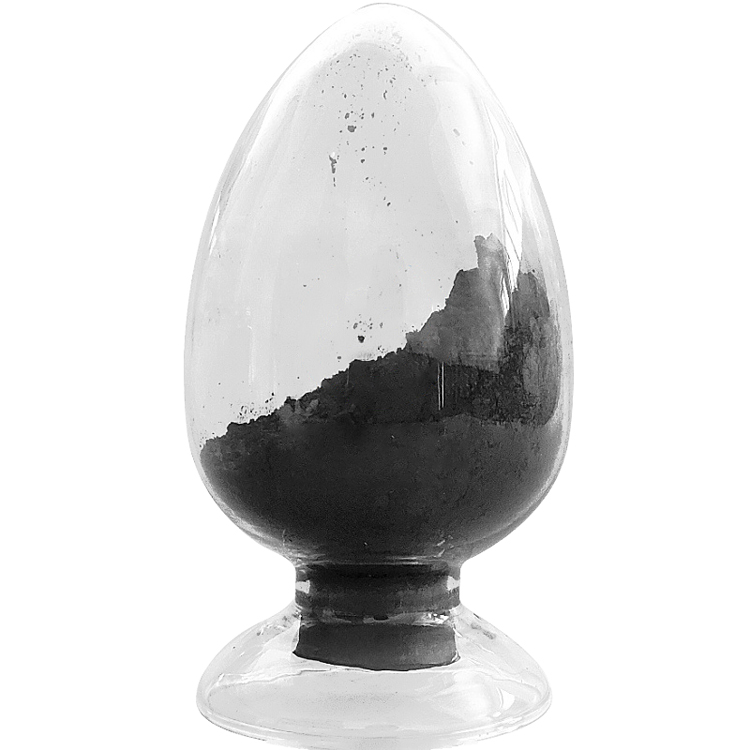Do Boride Nanoparticles Offer Better Solutions for Antibacterial Therapies
2025-09-03
The growing challenge of antibiotic resistance has pushed medical research toward innovative solutions. Among these, Boride Nanoparticle technology has emerged as a promising alternative that could transform how we approach antibacterial treatments. But do these nanomaterials truly deliver superior results?
SAT NANO has developed advanced Boride Nanoparticle formulations that demonstrate exceptional antibacterial properties. Our nanoparticles exhibit broad-spectrum activity against both Gram-positive and Gram-negative bacteria, including drug-resistant strains like MRSA.
Key advantages of our antibacterial Boride Nanoparticle technology include:
-
Enhanced permeability through bacterial cell walls
-
Reactive surface properties that disrupt cellular functions
-
Thermal stability maintaining efficacy in various environments
-
Low cytotoxicity to human cells at effective concentrations
Technical specifications of SAT NANO's antibacterial nanoparticles:
| Parameter | Specification | Benefit |
|---|---|---|
| Particle Size | 15-40 nm | Optimal cellular interaction |
| Purity Level | >99.8% | Consistent performance |
| Surface Area | 45-60 m²/g | Maximum reactivity |
| Inhibition Zone | 8-12 mm | Strong antibacterial effect |
| Minimum Inhibitory Concentration | 16-32 μg/mL | High potency |
Frequently Asked Questions
What makes Boride Nanoparticles effective against antibiotic-resistant bacteria
Boride Nanoparticles utilize multiple mechanisms including physical disruption of cell membranes, generation of reactive oxygen species, and interference with bacterial enzyme systems. This multi-target approach prevents bacteria from developing resistance easily.
How do Boride Nanoparticles compare to traditional antibiotics in safety profile
Extensive testing by SAT NANO has demonstrated that our Boride Nanoparticle formulations show selective toxicity toward bacterial cells while maintaining excellent compatibility with mammalian cells. The nanoparticles are designed to degrade safely after fulfilling their antibacterial function.
Can Boride Nanoparticles be incorporated into existing medical products
Yes, SAT NANO's Boride Nanoparticle solutions can be integrated into various medical applications including wound dressings, implant coatings, and topical formulations. Our technical team provides support for successful integration into your specific product requirements.
The evidence clearly indicates that Boride Nanoparticle technology represents a significant advancement in antibacterial therapies. SAT NANO stands ready to support healthcare providers and manufacturers in implementing this breakthrough technology.
Contact our expert team today to discuss how SAT NANO's Boride Nanoparticle solutions can enhance your antibacterial applications and address the growing challenge of antimicrobial resistance.
